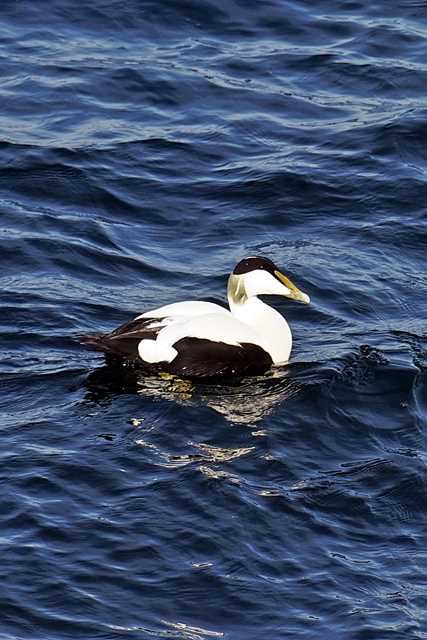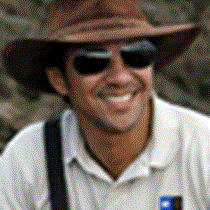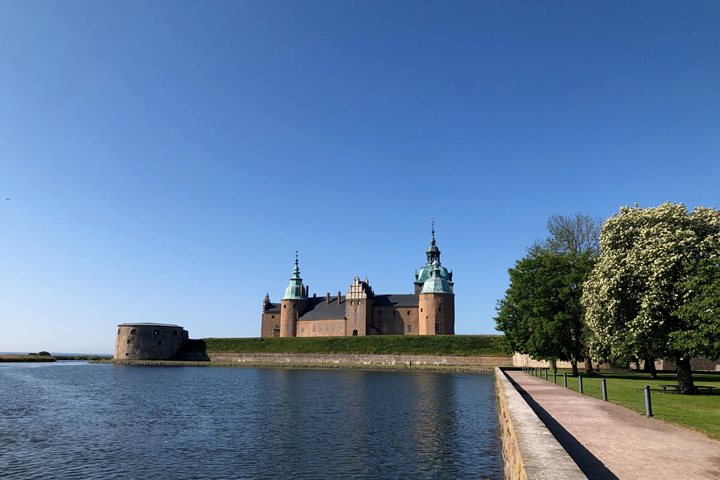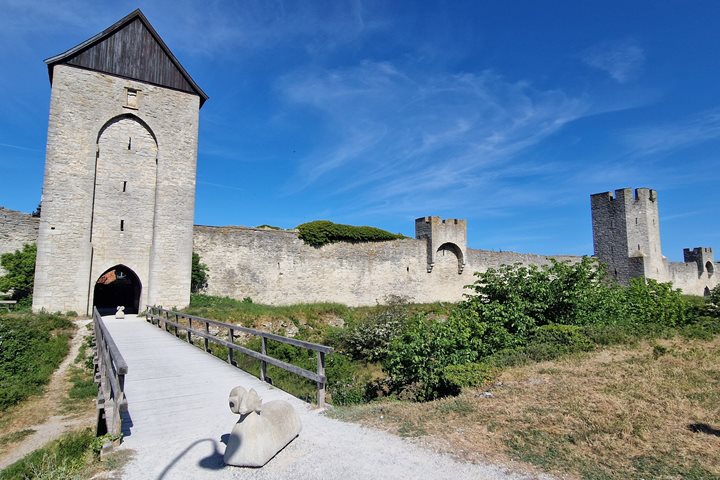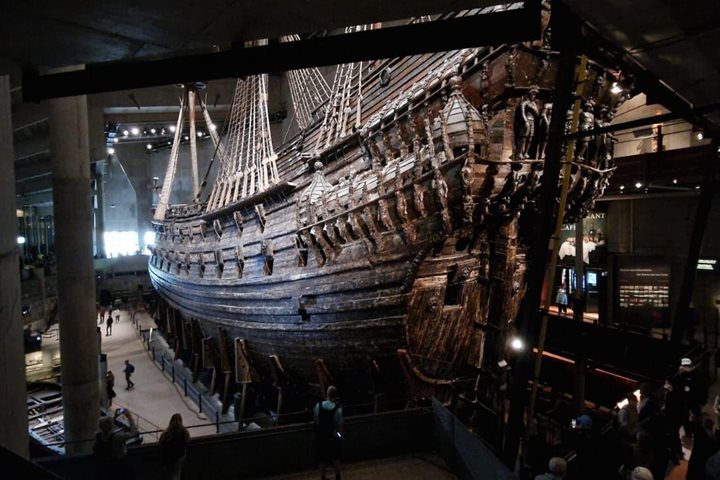Our first full day of our adventure in the Baltic Sea has proven to be a great combination of history, landscape and nature, with the added benefit of good weather. Radiant sun and blue skies all day long!
Our morning adventure started with a visit to the only populated islands within the small archipelago of Ertholme, Christiansø and Frederiksø islands. A well-sheltered harbour allowed us to enjoy a calm first landing at the local jetty. The local population of 83 (according to the 2017 census) was just waking up to see us stroll leisurely on their narrow but well-maintained paths. The trails took us to various scenic points and picturesque summer houses painted in bright colors, a very Scandinavian landscape.
Visiting both islands was easy as they are joined by a pedestrian bridge, which facilitates the exploration of every corner of the islands and its multiple historical buildings. The islands have been occupied by fishermen since the Middle Ages, but their first permanent residents arrived due to the Danish-Swedish conflict in the late-17th century. As a result of this conflict, Denmark constructed a fort in 1684 which served as an outpost for the Danish navy until 1855. Many of the buildings are currently used as summer houses and it is a heavily visited destination during the summer. Luckily, our experience was far from the usual touristic visit; our well-timed arrival—before the local ferry arrived—gave us the chance to explore the islands with nobody but locals in the vicinity.
The proximity to the nature reserve of Græsholm (the third island within the archipelago) allowed for some great birdwatching that included sightings of eider ducks, gulls and even Denmark’s national bird, the mute swan.
For our afternoon landing, we visited the island of Bornholm only 11 miles southeast from the Ertholmene archipelago. It is known by the locals as both Sunshine Island and Rock Island, due its great weather and its massive granite rock formations. Here, we visited the famous round churches with their notable circular construction, popular in Sweden and Denmark in the 11th and 12th centuries.
Afterward, we hiked along the impressive coastline of northern Bornholm for a fascinating visit to Scandinavia’s largest medieval fortification known as Hammershus. Located almost 250 feet above the sea level and erected in the 13th century, this castle was believed to be the residence of the archbishop of Lund, but recent evidence indicates that it was constructed as the royal residence for Valdemar II of Denmark. The impressive ruins include several box-like rooms and a massive 2,500-foot-long stonewall around the castle grounds. A pleasant bus ride back to the harbour in the picturesque town of Gudhjem gave us the chance to enjoy more of the lovely landscape.
Once back on board, a feast of canapés and drinks at the Captain’s Welcome Cocktail Party introduced us to an evening of festivities to celebrate the beginning of what promises to be an unforgettable experience in the Baltic Sea!

